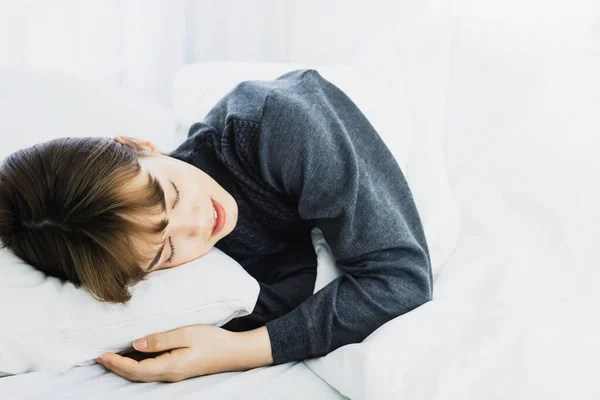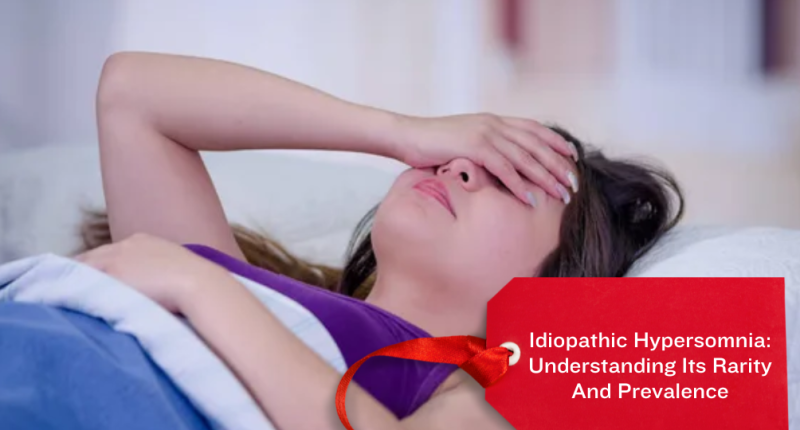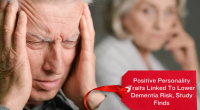The study’s revelation challenges the assumptions surrounding idiopathic hypersomnia’s rarity, emphasizing the gap between those with the disorder and those seeking treatment.
A recent study, published in Neurology, sheds light on the prevalence of idiopathic hypersomnia, challenging previous perceptions of its rarity. This neurological disorder, characterized by excessive daytime sleepiness despite sufficient nocturnal rest, proves to be more common than once assumed.

Idiopathic hypersomnia manifests through symptoms such as profound daytime sleepiness, prolonged sleep durations, difficulty waking up, and disorientation upon waking. These symptoms significantly impact daily activities, diminishing the overall quality of life for those affected. Notably, it distinguishes itself from narcolepsy, as individuals with narcolepsy usually do not experience extended sleep durations and may wake up feeling refreshed after naps.
Historically, determining the prevalence of idiopathic hypersomnia posed challenges due to the necessity of expensive and time-consuming sleep tests for diagnosis. However, this recent study, drawing data from a substantial sleep study, challenges earlier estimations.
The disorder emerges as more widespread than anticipated, demonstrating a prevalence comparable to other prevalent neurologic and psychiatric conditions such as epilepsy, bipolar disorder, and schizophrenia. Let’s delve into the topic for better understanding.
Data Examination
The research encompassed 792 participants with an average age of 59. Each participant underwent both overnight sleep studies and daytime nap studies to assess the speed of falling asleep during multiple naps. Surveys gauging daytime sleepiness, fatigue, nap duration, and nightly sleep hours complemented the data collection.
Revelation Of Prevalence: 1.5% Unveiled
From the extensive study group, 1.5% exhibited probable cases of idiopathic hypersomnia. Notably, these individuals experienced heightened sleepiness despite comparable or longer sleep durations. Survey results highlighted an average score of 14 for daytime sleepiness in those with the disorder, surpassing the concerning threshold of 10, while those without it averaged a score of nine.
Chronic Sleepiness
The research delved into the longitudinal aspect of idiopathic hypersomnia, spanning approximately 12 years. Findings unveiled that excessive daytime sleepiness was often chronic. However, a notable 40% experienced remission, offering both hope for those affected and underscoring the necessity for further investigation into the factors influencing remission.
Challenging Revelations Of The Study
The study’s revelation challenges the assumptions surrounding idiopathic hypersomnia’s rarity, emphasizing the gap between those with the disorder and those seeking treatment. The call for enhanced efforts in identification, diagnosis, and treatment echoes through the findings, urging additional research to unravel the disorder’s causes and pave the way for innovative treatments.
Study Limitations: Employment-Based Participants
Acknowledging the study’s limitations, the employed status of participants raises questions about potential variations in prevalence across different populations. The prevalence might differ among the unemployed, given the higher rates of job loss and disability observed in individuals with idiopathic hypersomnia.
Read Also | Pink Noise May Help You Get The Best Sleep At Night: Experts Decode How?
Note: This article is written based on scientific evidence found by the 247newsaroundtheworld.com team. Sources are duly referenced with keywords hyperlinked to source websites and are clickable for reference.






